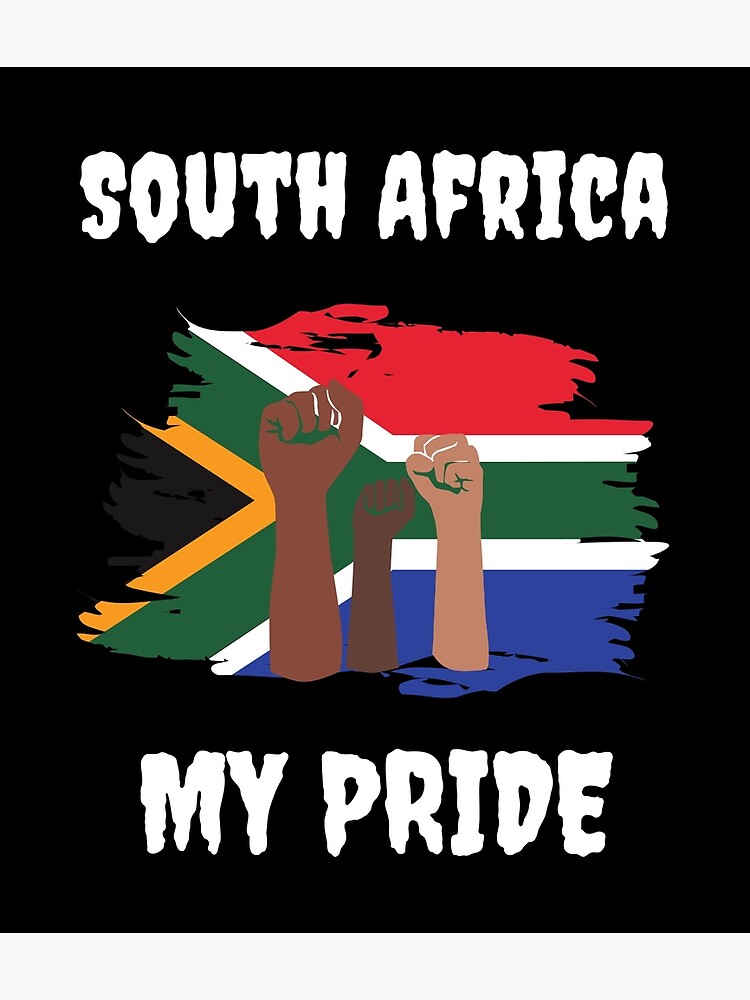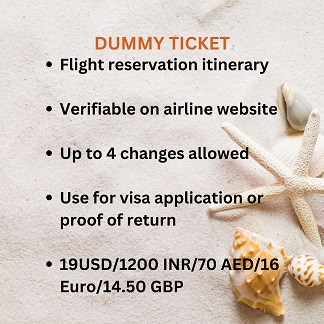Critical Thinking vs. Passive Thinking
Understanding the difference between active, analytical reasoning and passive acceptance of information
What is Critical Thinking?
Critical thinking is a cognitive process that involves the deliberate, systematic, and reflective evaluation of information, arguments, and ideas to form well-reasoned judgments and decisions. It is not merely about being skeptical or critical in a negative sense but rather about engaging with content in a disciplined way to determine its validity, relevance, and implications.
At its essence, critical thinking is the ability to think clearly and rationally about what to believe or what to do. It emphasizes intellectual standards such as clarity, accuracy, precision, consistency, relevance, sound evidence, good reasons, depth, breadth, and fairness. Unlike passive thinking, which accepts information at face value, critical thinking is active and purposeful.
Critical Thinking
Active, analytical, and reflective thinking
Goal
Making reasoned judgments and evaluating evidence through systematic analysis and reflection.
Information Processing
Analyzing, questioning, and synthesizing information to understand relationships, verify credibility, and distinguish between verifiable evidence and opinions.
Key Skills
Analysis, evaluation, inference, problem-solving, observation, explanation, self-regulation, and decision-making based on reasoned criteria.
Attitude Towards Problems
Proactive and solution-oriented, seeking to identify root causes and develop well-reasoned solutions through systematic inquiry.
Impact on Decision Making
Enhancing clarity and reducing errors by weighing options against reasoned criteria, cross-verifying facts, and considering alternative perspectives.
Common Biases
Confirmation bias, overconfidence, and anchoring. Critical thinkers actively work to identify and overcome these through metacognition and self-regulation.
Long-Term Outcomes
Better decision-making, personal growth, adaptability, resilience, and success in professional and personal endeavors.
Passive Thinking
Accepting information without questioning or analysis
Goal
Avoiding effort and maintaining comfort by accepting information without challenging it or engaging in deep analysis.
Handles Information
Accepting information at face value without verifying sources, checking for biases, or considering alternative viewpoints.
Key Skills
Limited to basic recall and recognition. Minimal engagement with analysis, evaluation, or synthesis of information.
Attitude Towards Problems
Avoidant and reactive, often relying on intuition, authority, or established habits rather than systematic problem-solving.
Impact on Decision Making
Increasing errors and missed opportunities due to rushed decisions, incomplete analysis, and failure to consider consequences.
Common Biases
Availability heuristic, bandwagon effect, and status quo bias. These biases go unchallenged due to lack of reflective analysis.
Long-Term Outcomes
Stagnation, vulnerability to manipulation, poor decision-making, and limited personal or professional growth.
Core Elements of Critical Thinking
Critical thinking comprises several interconnected elements that guide the thinking process:
1. Purpose
Every act of critical thinking has a goal or objective. Understanding why you're evaluating information helps guide the inquiry process, whether it's to solve a problem, make a decision, or understand a concept.
2. Question at Issue
Identifying the central problem or query is fundamental. Critical thinkers formulate precise questions to guide their inquiry, such as "What evidence supports this claim?" or "What are the underlying assumptions?"
3. Information
Gathering relevant data, facts, observations, or experiences is crucial. This involves distinguishing between verifiable evidence and opinions, and assessing the quality and source of the information.
4. Concepts
The theories, definitions, axioms, or principles that frame the thinking. Critical thinkers clarify key concepts to avoid ambiguity, ensuring everyone understands terms in the same way.
5. Assumptions
Unstated beliefs taken for granted can introduce bias. A key aspect of critical thinking is surfacing and questioning these assumptions to ensure they're valid and appropriate.
6. Inferences and Interpretations
Drawing logical conclusions from evidence requires distinguishing between valid deductions (what must be true) and inferences (what might be true based on available information).
7. Implications and Consequences
Considering the potential outcomes of a belief or action is essential. What follows if this is true? What are the short-term and long-term effects?
8. Point of View
Recognizing the perspective from which information is presented, including one's own biases, and considering alternative viewpoints for a balanced analysis.
The Process of Critical Thinking
Critical thinking follows an iterative process that can be refined over time:
- Identify the issue or claim that needs evaluation
- Gather and organize relevant information from reliable sources
- Analyze the data for patterns, contradictions, or gaps
- Evaluate arguments using criteria like logic, evidence, and potential bias
- Synthesize insights to form a well-reasoned conclusion
- Reflect on the process and refine your approach if necessary
Importance and Benefits
Critical thinking is essential in an era of information overload, misinformation, and complex global challenges. It empowers individuals to:
- Make informed decisions in personal life, such as financial choices or health advice
- Excel in professional settings, from debugging code to developing business strategies
- Contribute to society by fostering civil discourse, innovation, and ethical behavior
- Avoid manipulation in advertising, politics, or scams
- Adapt to change and demonstrate resilience in challenging situations
Research shows that strong critical thinkers are more adaptable, resilient, and successful in their endeavors.
Examples in Practice
- Scientific Research: A biologist questions a study's methodology, replicates experiments, and evaluates alternative explanations before accepting findings.
- Everyday Decision-Making: When buying a car, you analyze reviews, compare specifications, weigh pros and cons against your needs, and ignore marketing hype.
- Ethical Dilemmas: In debating complex issues, you examine legal, moral, and practical arguments while considering cultural perspectives and potential societal impacts.
- Media Consumption: Spotting fake news by verifying sources, checking for confirmation bias, and seeking diverse viewpoints before forming conclusions.
Barriers and Challenges
Despite its value, critical thinking can be hindered by several factors:
- Cognitive Biases: Confirmation bias, anchoring, and other mental shortcuts that cloud judgment
- Emotional Influences: Fear, anger, or groupthink that override rational analysis
- Lack of Information: Incomplete data leading to flawed conclusions
- Time Constraints: Rushed decisions that bypass thorough analysis
- Educational Gaps: Insufficient training in critical thinking skills, leading to reliance on intuition or authority
Overcoming these barriers requires metacognition (thinking about thinking) and developing habits such as reflective journaling or actively seeking feedback on your reasoning.
Conclusion
Critical thinking is a multifaceted, disciplined approach to reasoning that enhances clarity, accuracy, and effectiveness in thought and action. It's not an innate ability but a skill set developed through practice and dedication. By engaging thoughtfully with information, questioning assumptions, and considering multiple perspectives, anyone can become a more effective critical thinker.
The contrast between critical thinking and passive thinking highlights the importance of active engagement with information. While passive thinking may seem easier in the short term, it leads to poor decisions, vulnerability to manipulation, and missed opportunities for growth. Critical thinking, though more demanding, results in better outcomes, personal development, and the ability to navigate an increasingly complex world with confidence and clarity.
Transportation in South Africa
South Africa offers a variety of transportation options to suit different budgets and travel styles. For those seeking comfort and speed, domestic flights connect major cities. Car rental provides flexibility to explore at your own pace, while buses offer a budget-friendly alternative for longer distances. Train travel offers a scenic and relaxing experience, with options ranging from budget-friendly to luxurious. Taxis and ride-hailing services are readily available in urban areas. However, it's essential to exercise caution when using public transportation, especially in unfamiliar surroundings.
Ultimately, the best mode of transportation depends on your itinerary, budget, and desired travel experience.
Airlines
FlySafair (pronounced: "fly-saf-air") began operations in October 2014, but the company behind the airline, Safair, has been in operation for over 50 years.

FlySafair website
Lift Airlines
LIFT is a relatively new South African airline that has quickly gained popularity for its flexible booking options and comfortable flights. It offers domestic routes within South Africa, connecting major cities and popular tourist destinations.

Airlink
Airlink, (previously known as South African Airlink) is a regional airline based in Johannesburg, South Africa. Its main business is to provide services between smaller, under-served towns and larger hub airports. It has since expanded to offer flights on larger, mainline routes. The airline has a network of more than 60 routes to over 45 destinations in Southern Africa. In January 2021, it became the second-largest carrier within Africa by number of flights, and third-largest by number of seats.

South Africa Airways (SAA)
Once the pride of South African airspace, SAA unfortunately was decimated by corruption and mismanagement and now only have a few aircraft flying.

Trains
South Africa has, for the last 30 years, been deteriorating due to corrupt, inexperienced and unskilled politicians. As of July 2024, we have a new (GNU) government and are on the right track (excuse the pun) to once again make train travel a popular form of transport. As a tourist, I would be hesitant to travel by regular train in South Africa, BUT, there are 2 wonderful luxury trains available to tourists - Rovos Rail and The Blue Train.
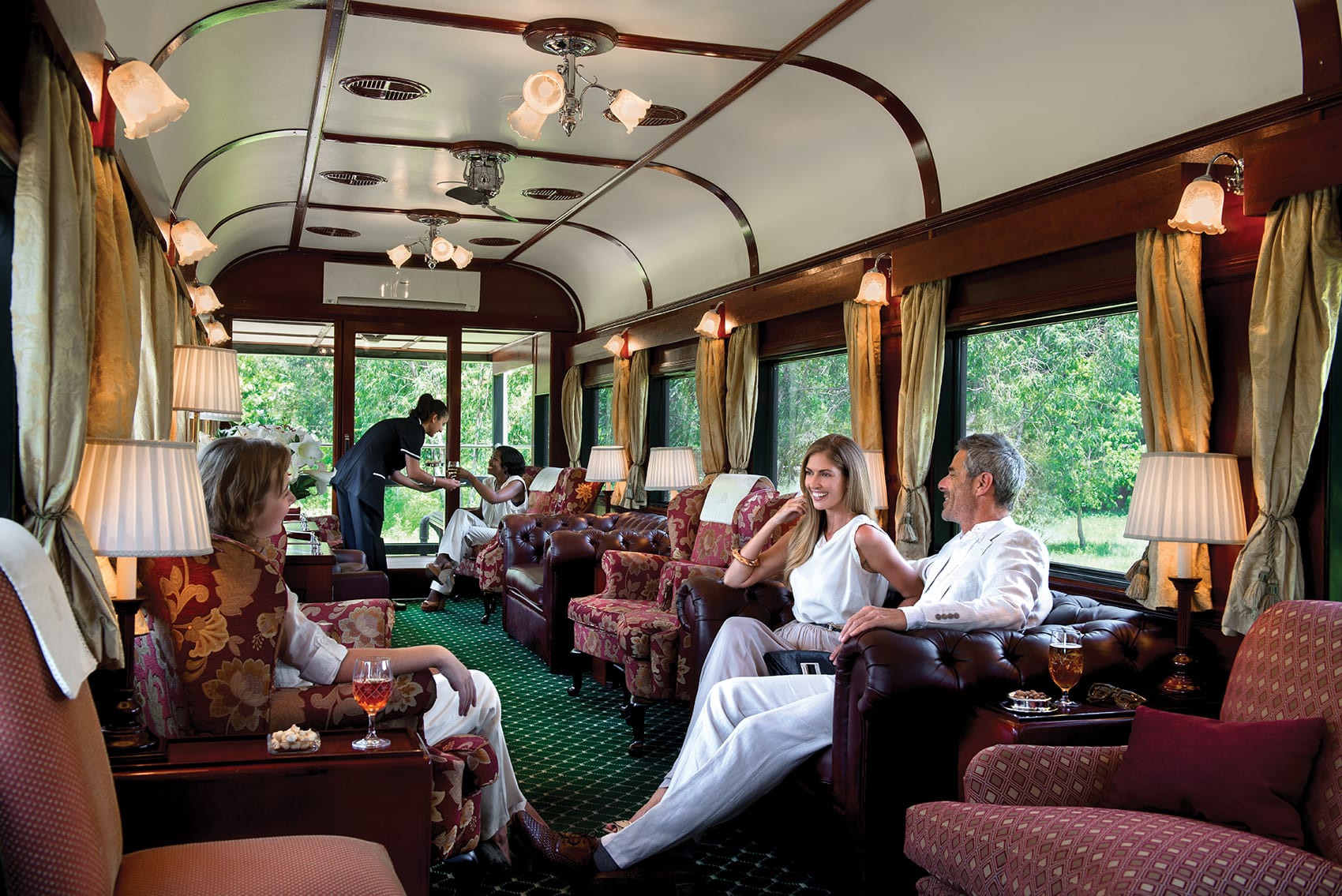
Bus
South Africa has a selection of long distance bus companies. The buses are generally not as comfortable as in other parts of the world, but they are affordable.
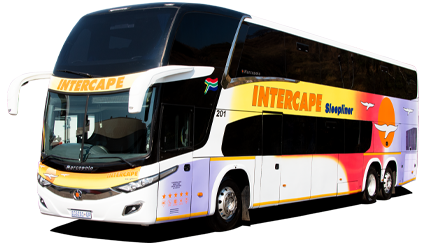
Baz Bus
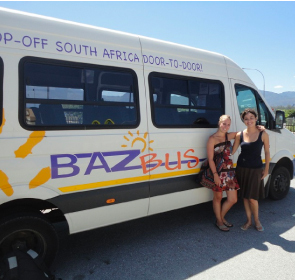
Bazbus has become THE way to travel around South Africa in a safe, flexible, and fun way!
A South African institution since 1995, Bazbus covers the major tourist destinations, but our drivers also know the hidden gems, the stops between the stops that tourists would never find. Best option for backpackers.
Taxis
South Africa has numerous e-hailing services with BOLT and UBER being among the most popular.

For a more in-depth look at taxi options click here.
Minivans (black taxis)
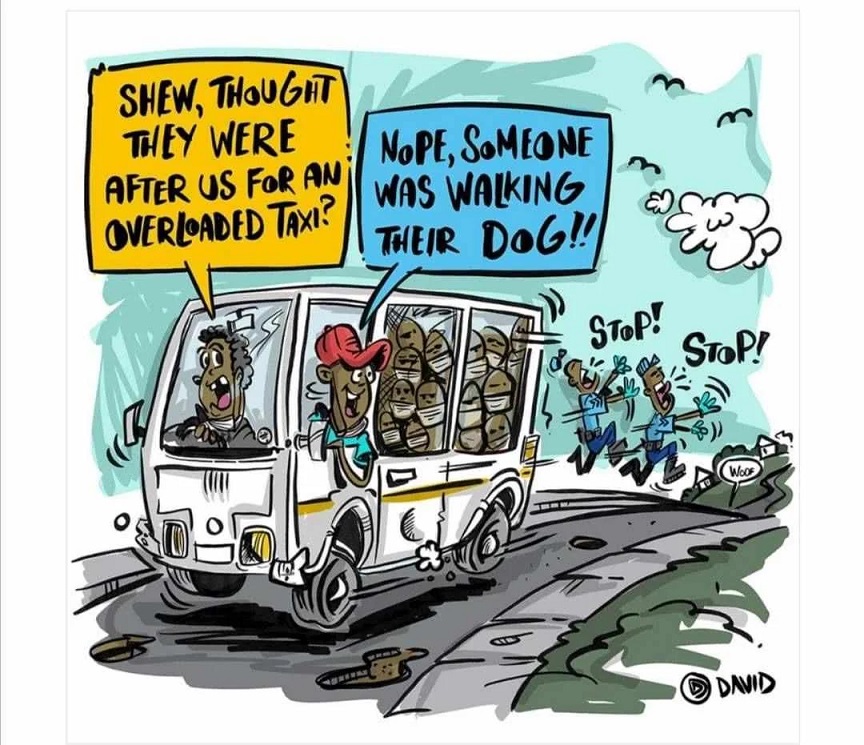
In the 1960s, the apartheid government forced black South Africans to move out of the cities into far-flung townships many kilometres away from business districts. To facilitate the movement of people from the cities to work, food, and services; the minibus taxi industry was born out of a need for public transport, which was not serviced by buses or rail.
Although black taxis are everywhere and are very cheap, I would not recommend taking one as a tourist - not for crime reasons, but for comfort reasons. They tend to exceed the legal passenger limit and are infamous for recklessness.
Nelson Rolihlahla Mandela (born Rolihlahla Mandela; 18 July 1918 – 5 December 2013) was a South African anti-apartheid activist, politician, and statesman who served as the first president of South Africa from 1994 to 1999. He was the country's first black head of state and the first elected in a fully representative democratic election. His government focused on dismantling the legacy of apartheid by fostering racial reconciliation. Ideologically an African nationalist and socialist, he served as the president of the African National Congress (ANC) party from 1991 to 1997.
A Xhosa, Mandela was born into the Thembu royal family in Mvezo, South Africa. He studied law at the University of Fort Hare and the University of Witwatersrand before working as a lawyer in Johannesburg. There he became involved in anti-colonial and African nationalist politics, joining the ANC in 1943 and co-founding its Youth League in 1944. After the National Party's white-only government established apartheid, a system of racial segregation that privileged whites, Mandela and the ANC committed themselves to its overthrow. He was appointed president of the ANC's Transvaal branch, rising to prominence for his involvement in the 1952 Defiance Campaign and the 1955 Congress of the People. He was repeatedly arrested for seditious activities and was unsuccessfully prosecuted in the 1956 Treason Trial. Influenced by Marxism, he secretly joined the banned South African Communist Party (SACP). Although initially committed to non-violent protest, in association with the SACP he co-founded the militant uMkhonto we Sizwe in 1961 and led a sabotage campaign against the apartheid government. He was arrested and imprisoned in 1962, and, following the Rivonia Trial, was sentenced to life imprisonment for conspiring to overthrow the state.
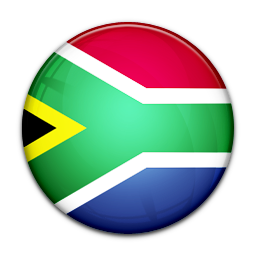 Welcome to the South African Info Wiki !
Welcome to the South African Info Wiki !
South Africa offers an unparalleled travel experience. With its diverse landscapes, rich culture, and warm hospitality, this African gem captivates visitors from around the world. From the breathtaking beauty of the Drakensberg Mountains to the thrilling wildlife encounters in Kruger National Park, there's something for everyone. Explore vibrant cities like Cape Town and Johannesburg, or unwind on pristine beaches along the Garden Route. Immerse yourself in the country's fascinating history and vibrant culture, while indulging in world-class cuisine and fine wines. South Africa truly has it all.

South Africa beckons with an irresistible blend of everything you dream of in a holiday. Imagine vast savannahs teeming with incredible wildlife, where lions roar and elephants trumpet. Immerse yourself in the rich history and vibrant culture of bustling cities. Marvel at the natural wonders, from the iconic silhouette of Table Mountain to the breathtaking beauty of the Garden Route.
Year-round sunshine and the warm hospitality of the South African people complete the picture. While South Africa navigates a new political landscape, the warmth of its welcome remains constant.

Have you ever been forced to buy a return plane ticket when you didn't need one?
Well, DUMMY TICKET has all the solutions for your airline ticket and visa problems.
What is a Dummy ticket?
A dummy ticket looks typically like a regular airline ticket and has a valid PNR/ booking code or booking reference number. They can be verified on the airlines websites if checked using the "Manage my booking" tool or "My trips" section found on many airline websites. A dummy ticket is also known as a flight reservation or itinerary.
What is a Dummy ticket used for?
The main use of a dummy ticket is for visa applications. Many embassies, consulates or visa application centers like VFS or BLS ask for a flight reservation during the visa application process. Dummy tickets are also used for proof of return to show at the immigration while traveling. Other uses of a dummy ticket are as below: *
- Visa applications
- Proof of return or onward travel
- Expedite passport renewal
- Show company HR/ Manager for leave and other purposes
- Exit visa procedures in many GCC countries
- Rent a car at airport locations
Click on the advert below for your DUMMY TICKET. From only $19 USD.
